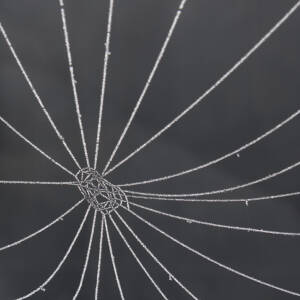Mining
1.7 million people visited the Wieliczka Salt Mine in 2017. Today we became two of the 2019 figures. A fascinating 90-minute tour to 1% of the overall size of the mine. We walked down 378 steps (about 27 storeys) to the topmost level of nine and were taken along long passages to large caverns in the salt. I've used both the word 'rock-salt' and the stuff itself without ever thinking about what that meant, but it's rock, hard enough to carve statues of saints and famous visitors (Copernicus, Goethe, Chopin...), scenes of the dwarves who carry on the work at night, whole underground chapels and the salt-crystal chandeliers to light them.
As a counterbalance to winching the barrels of salt to the surface, wood came down into the mine. Lots of it was used as props and there remains a quite staggering amount of wood underground, all preserved by salt. Iron, on the other hand, disappears very quickly.
The domestic fridge crashed the salt market and this mine stopped production in 2006 (although salt is still mined elsewhere in Poland for industrial use) so this UNESCO heritage site now makes its money as a tourist attraction. We were puzzled about the negative references on our tour to the the optional underground museum visit at the end - a very long walk to get there, not very interesting... When we chose to see it at the end, we were rather dourly told to wait, and 20 minutes later a guide came to take us. All the negativity meant we had her to just the two of us for about 50 minutes and could ask whatever questions we wanted. She has worked in the mine since 1995, and knew everything. She has visited other mines around the world and recommended the Snowdonia slate mine. She told us about a fantastic visit to a Yorkshire coal mining museum where the miners showing her round were shocked at her admiration for Margaret Thatcher. So was I until she said that Thatcher was the loudest leader internationally in support of Solidarność, the mining union founded by Lech Wałęsa in Gdansk in the 1980s. An unexpected political alliance.
We had another evening walking round Krakow, discussing Easter patisserie, eating in a 'milk bar' for history's sake (a sort of communal canteen, though the few of these still in operation are private) and drinking in Kazimierz.

Comments
Sign in or get an account to comment.


